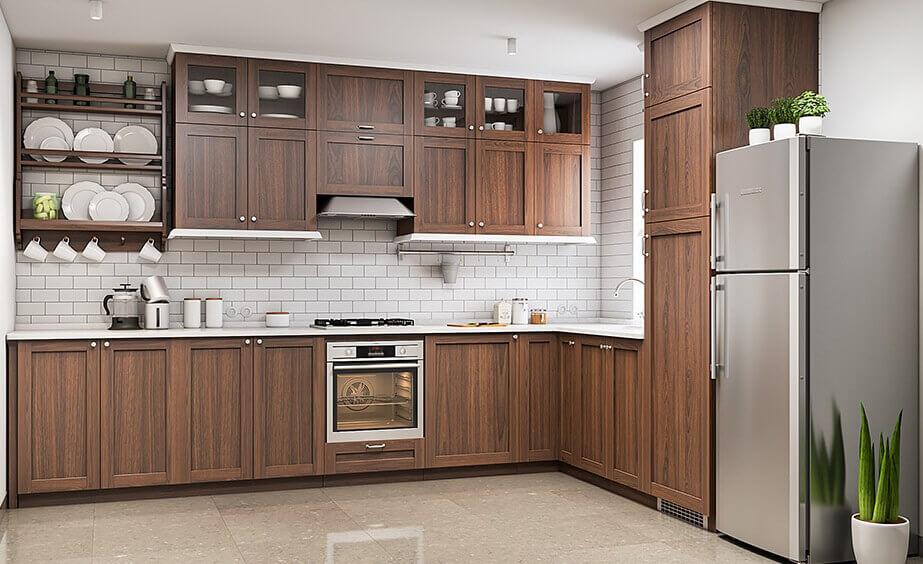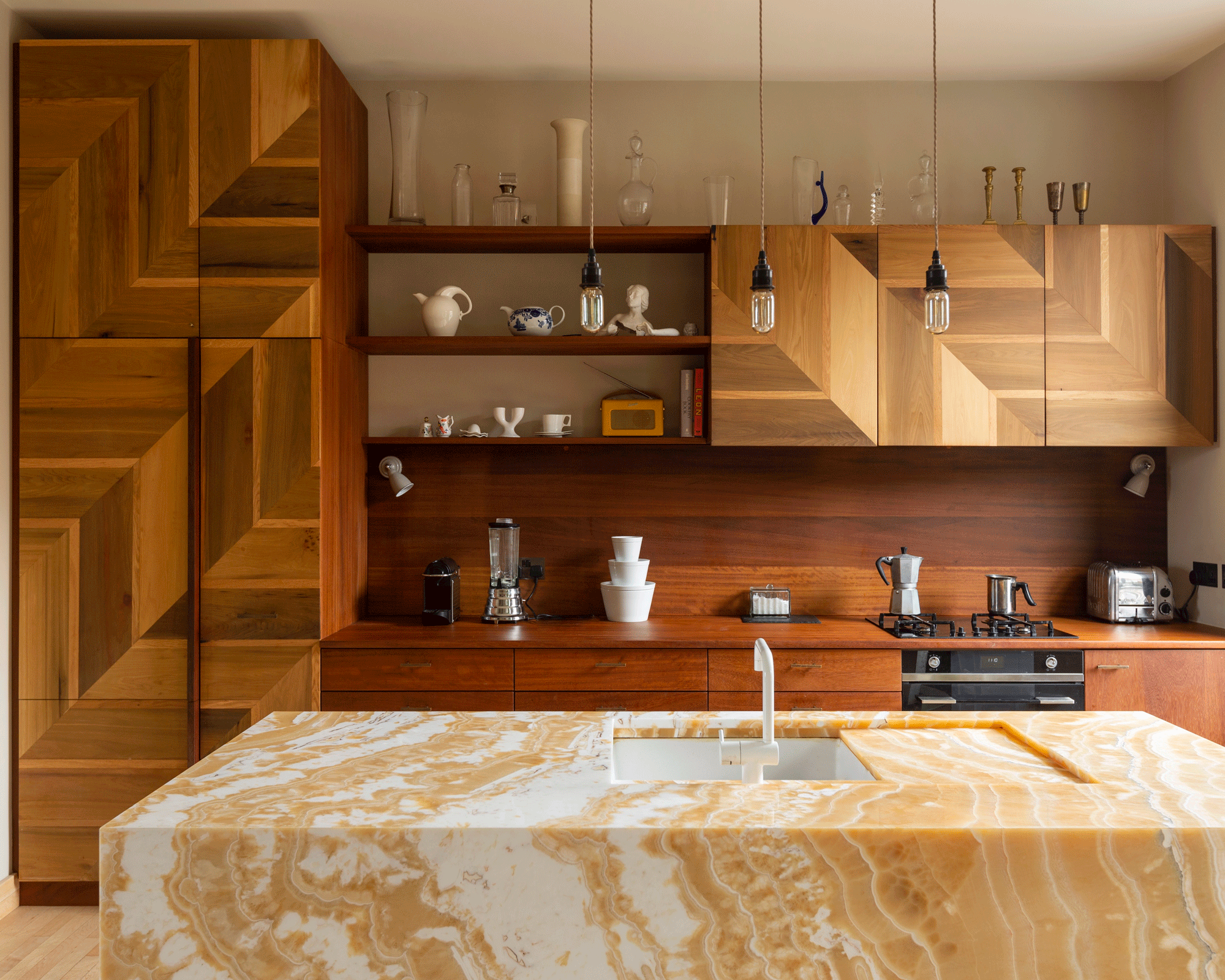Types of Wooden Kitchen Bin Cabinets

A kitchen bin cabinet is a practical and stylish addition to any kitchen, providing a convenient and discreet space for waste disposal. These cabinets come in various styles, offering flexibility to match different kitchen designs and preferences.
Freestanding Wooden Kitchen Bin Cabinets
Freestanding kitchen bin cabinets are independent units that can be placed anywhere in the kitchen. These cabinets are ideal for smaller kitchens or those with limited space, as they can be moved around easily. They are typically made of solid wood, providing durability and a classic aesthetic.
Pull-Out Wooden Kitchen Bin Cabinets
Pull-out kitchen bin cabinets are integrated into existing cabinets, making them a space-saving option. They feature a pull-out drawer that houses the bin, making it easily accessible. These cabinets are often used in conjunction with other kitchen cabinets, creating a cohesive and organized look.
Built-in Wooden Kitchen Bin Cabinets
Built-in kitchen bin cabinets are designed to be incorporated into the kitchen cabinetry, offering a seamless and integrated look. They are typically custom-made to fit the specific dimensions of the kitchen, providing a tailored solution. Built-in cabinets are often preferred for their sleek appearance and customizability.
Popular Wood Types for Kitchen Bin Cabinets
The choice of wood for a kitchen bin cabinet can significantly impact its durability, aesthetics, and cost. Some popular wood types include:
- Oak: Oak is a strong and durable hardwood known for its rich grain pattern and natural resistance to scratches and dents. It is a popular choice for kitchen bin cabinets due to its longevity and classic appeal.
- Maple: Maple is another durable hardwood with a smooth, fine grain. It is known for its light color and warm tones, adding a touch of elegance to any kitchen. Maple is also relatively resistant to moisture and scratches, making it suitable for kitchen environments.
- Cherry: Cherry wood is prized for its rich reddish-brown hue and beautiful grain pattern. It is a relatively soft wood, but its durability can be enhanced with proper finishing. Cherry wood cabinets add a touch of sophistication and warmth to the kitchen.
- Walnut: Walnut is a luxurious hardwood with a distinctive dark brown color and striking grain patterns. It is known for its strength and durability, making it a popular choice for high-end kitchen cabinets. Walnut cabinets add a touch of elegance and sophistication to any kitchen.
Pros and Cons of Wooden Kitchen Bin Cabinets
- Durability: Wooden kitchen bin cabinets are known for their durability, offering longevity and resistance to wear and tear. They can withstand the daily use and abuse of a busy kitchen, making them a reliable investment.
- Aesthetics: Wood is a natural material that adds warmth and character to any kitchen. It comes in a variety of colors and grain patterns, allowing you to choose a style that complements your existing decor.
- Cost: Wooden kitchen bin cabinets can range in price depending on the type of wood, design, and craftsmanship. Solid wood cabinets are typically more expensive than those made from engineered wood, but they offer superior durability and aesthetics.
Features and Functionality: Wooden Kitchen Bin Cabinet

Wooden kitchen bin cabinets are not just containers for waste; they are carefully crafted pieces of furniture that seamlessly integrate into your kitchen’s design while offering a range of practical features. These cabinets provide a discreet and efficient solution for waste management, enhancing your kitchen’s functionality and aesthetics.
Multiple Compartments
The beauty of a wooden kitchen bin cabinet lies in its ability to organize different waste streams. Multiple compartments, often designed for different types of waste, simplify the recycling process. A typical configuration might include compartments for general waste, recyclables, food scraps, and even compost.
- General Waste: This compartment is usually the largest, accommodating everyday trash like packaging and paper.
- Recyclables: A dedicated compartment for recyclable materials like plastic bottles, aluminum cans, and cardboard ensures proper disposal and promotes sustainability.
- Food Scraps: A separate compartment for food waste, often with a removable container, helps to reduce odors and facilitates composting or anaerobic digestion.
- Compost: Some cabinets feature a dedicated compartment for composting, providing a convenient way to manage food waste and create nutrient-rich compost for your garden.
Installation and Maintenance

Installing a wooden kitchen bin cabinet is a straightforward process that can be accomplished with basic tools and a little patience. Proper maintenance ensures the longevity and aesthetic appeal of your cabinet.
Installation
Installing a wooden kitchen bin cabinet involves a few steps, including:
- Preparation: Before you begin, ensure the area where you plan to install the cabinet is clean and free of obstructions. Measure the space to determine the cabinet’s ideal location and mark the mounting points on the wall.
- Mounting: Use a level to ensure the cabinet is mounted straight. Attach the cabinet to the wall using appropriate screws or brackets. Secure the cabinet firmly to prevent it from becoming loose or unstable.
- Installation of Bin: Insert the bin into the cabinet, ensuring it sits securely and can be easily removed for cleaning.
Maintenance
Proper maintenance is essential for keeping your wooden kitchen bin cabinet looking its best and extending its lifespan. Here are some tips:
- Cleaning: Regularly clean the cabinet using a damp cloth and mild soap. Avoid harsh chemicals or abrasive cleaners that can damage the wood finish.
- Moisture Prevention: Ensure the cabinet is not exposed to excessive moisture. Moisture can lead to warping, mold, and mildew. If spills occur, clean them up promptly.
- Stain Removal: For stubborn stains, try using a wood cleaner or polish designed for your specific finish. Apply the cleaner gently with a soft cloth, following the product instructions.
- Regular Inspection: Periodically inspect the cabinet for signs of damage, such as cracks, scratches, or loose hinges. Repair any damage promptly to prevent further deterioration.
Common Issues and Solutions
Here is a table listing common issues with wooden kitchen bin cabinets, their potential causes, and recommended solutions:
| Issue | Potential Cause | Solution |
|---|---|---|
| Warping | Exposure to moisture | Ensure the cabinet is not exposed to excessive moisture. Dry the cabinet thoroughly if it becomes wet. |
| Scratches | Abrasive cleaning materials or sharp objects | Use a soft cloth and mild soap for cleaning. Avoid using abrasive cleaners or sharp objects. |
| Loose hinges | Wear and tear or improper installation | Tighten the screws holding the hinges in place. If the hinges are damaged, replace them with new ones. |
| Bin not fitting properly | Incorrect bin size or improper installation | Ensure the bin is the correct size for the cabinet. If the bin is not installed properly, adjust its position. |
A wooden kitchen bin cabinet can be a stylish and practical addition to any kitchen, offering a discreet place to store your trash. Just like choosing the right small ceiling chandelier bedroom can transform the ambiance of a room, a well-designed bin cabinet can enhance the overall aesthetic of your kitchen.
And just as you’d consider the size and style of a chandelier, you’ll want to ensure your bin cabinet fits seamlessly into your kitchen’s design, complementing your existing cabinetry and décor.
A wooden kitchen bin cabinet is a practical and stylish way to keep your trash out of sight. The same durable and stylish qualities that make wooden kitchen bin cabinets desirable can also be found in wood composite garage cabinets.
These cabinets offer a sturdy, moisture-resistant solution for organizing your garage, just like a wooden kitchen bin cabinet keeps your kitchen tidy.
